Exclusive: Steve Dildarian On The Chaotic, Comedic Nature Of Modern Childhood In Ten Year Old Tom
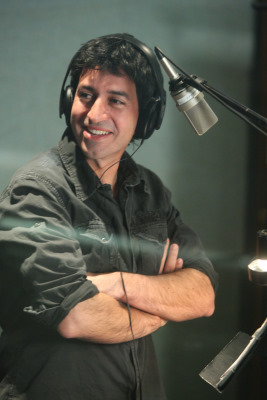
Comedy is essential and it has the incredible ability to reframe life in a way that can make sense when nothing else does. Dadaist comedy can present a stressful world that goes progressively off the rails, but this anxiety-inducing humor can be oddly comforting in a world that can often feel unhinged and increasingly unstable. Steve Dildarian understands that the world is full of chaotic forces that cannot be controlled and that attempts to do so can even result in greater problems. Dildarian has been able to translate this dizzying, cause and effect, Rube Goldberg-like comedy to hilarious animated series like The Life and Times of Tim, and most recently, the upcoming HBO Max comedy, Ten Year Old Tom.
Ten Year Old Tom operates like a spiritual successor to The Life and Times of Tim in every regard and the series earnestly looks at a precocious boy’s attempts to make sense of the confusing world that surrounds him. Ten Year Old Tom brilliantly capitalizes on the innocence of childhood and juxtaposes it with the dysfunctional nature of adult life that culminates in one of the funniest series of 2021. Creator, writer, and star, Steve Dildarian, takes some time to talk about the importance of character-driven storytelling where perspectives clash, the endless hurdles children face in a modern world, and the importance of being genuine and staying true to your creative voice.
Daniel Kurland: To begin with, what are the origins of this project and is it an idea that’s been with you for a long time or kind of a more recent development?
Steve Dildarian: It’s funny, it’s been a pretty recent idea. Conceptually, big picture, I’ve been kicking around for a while the idea that the world has gotten so crazy with all of the pillars of society failing us—politics, religion—going back to just the idea of like, “Who can you trust anymore?” The Catholic Church, politics, Lance Armstrong, and then everything that came with the Trump era. The Kavanaugh stuff. Then the college admissions scandal. It all just hit a boiling point! How can anyone write about anything but that? To me, it gave me a certain urgency to figure out how to make all of that funny. So I was looking for a way to do that, which is not how I typically work—I usually start with a character—but this was a more big picture concept of something that I knew that I wanted to talk about.
Then once I stumbled down to putting it through the eyes’ of a kid, that’s when it all came together. What the pitch boiled down to is: How does a kid grow up in this world? How does a kid grow up and not get corrupted by every single person they meet? That was the pitch. So it’s certainly a little more topical and timely than what I’m used to doing. With Life and Times of Tim, it was a timeless underdog premise and there’s not much of a conceptual hook beyond the world just shitting on Tim non-stop. So this was a little more of trying to work with the headlines, and still have ultimately the same kind of character type, but with a little more of a hook to it.
Daniel Kurland: You can feel all of that. There’s this freeing innocence to the show since the main characters are all children. It allows you to get a lot more mileage out of that playground.
Steve Dildarian: Yeah! Yeah, because it’s genuinely interesting stuff to ponder, even if you’re not writing a comedy show. It’s just an interesting topic to me. What does a little kid make of a time when Donald Trump is in there and going crazy and everything they see is discouraging. It’s a genuine curiosity to me how a kid can sift through that.
Daniel Kurland: Well, I love that you depict the adults in the series to be even more dysfunctional than the children in many ways. Did you want to try to subvert those typical role model expectations for the adults in Tom’s life?
Steve Dildarian: All I try to do when I’m writing any grown up is that whatever they’re doing, whether they’re doing something wrong, or misbehaving, or corrupt—if you want to call it that—is to see it through their eyes so there’s a logic to it. Why are they actually correct on some level. And that’s the challenge and what makes the writing tricky to get. We may not get it right every time, but the best versions of the show are when the grown up is doing something really wrong and becoming a really bad role model, but their logic actually makes sense. They believe that they’re doing the right thing for the kids. And that’s the tricky thing and why I think the humor ultimately works. If you’re just writing about messed up people then that’s not that interesting to me.
What’s interesting to me is—like in the opening scene of the show, the woman has a point: it’s not fair, her daughter has practiced for months, and this means a lot to her. And this kid who didn’t practice is ruining it! Now whether she should stand up is the debate, so that’s her misguidedness, but if she doesn’t have a point there then the comedy doesn’t work. You can go down the list of weird characters and they’ve all got a point. This is a dialogue-driven show and so if they don’t have a point then the dialogue has nowhere to go. The humor of the dialogue comes from both people having a point to make and struggling to make it.
Daniel Kurland: There’s definitely a real bluntness where people just declare the matter of fact nature of events because of course they would. Why wouldn’t they? So I guess then in terms of how you approach structure and how you break a story kind of comes down to just finding a character’s perspective a lot of the time.
Steve Dildarian: Yeah! That’s really all it is. That’s the whole show. It’s the whole nature of my writing, in a lot of ways. My writing is very conflict-driven, but then then the dialogue that comes out of that if the premise is well set up is that this character thinks or wants that and another character thinks or wants something else. Bringing them together is the whole thing. It sounds easy or simplistic, but it can be hard to get that right. Converging points of view and when each character has a valid point, that’s my show. And that’s why it’s a dialogue-driven show at the end of the day and like one that pushes the visuals. A lot of shows could take the same jokes and just treat them so differently, and that’s why the show is the way that is.
The jokes aren’t terribly unique or out there, but just discussing them in a deadpan way with a little kid can just reveal an unexpected take on that joke. I’m always just looking for what makes a funny conversation. If I get in a room with Todd Glass or anyone, then who’s going to be funny for sixty seconds. That’s all I’m picturing when I’m writing. What’s a funny sentence that he and I can riff on for a minute and then do it over and over. I’m always looking for that and the only way to make that funny is with the right ammunition and that ammunition is their point of view. To my earlier point about just everything that’s going on in the world, those college admissions scandal parents have a very strong point of view on why they’re not wrong and why they’re not deserving of going to jail, but then someone else can make an equally convincing counterpoint. I don’t mean to get so deep on it, but that’s the whole show. In the writers’ room I emphasize how you have to get there in order to get the comedy.
Daniel Kurland: I think it’s so interesting to break it down that way because I’ve felt that there’s this Larry David quality to your work where these separate stories can dovetail together or have a domino effect in an unexpected way. These stories can end up in these places that feel really shocking, but when you look at it just as a convergence of contrasting perspectives it really shouldn’t be that crazy. That’s everyday stuff.
Steve Dildarian: It’s funny that you mention Larry David. He’s one of my biggest influences and idols. He’s so incredible in what he does, but it’s also very different from what I do—in some ways it’s actually the opposite. His things will dovetail in ways that very few people can pull off and he’s the master at that. But my stories don’t do that. They’re more a series of left turns. Weird, left turns. The story is kind of linear. A character will start doing something, then something happens so he follows that, and then something else happens and he follows that…So it’s like someone starting out going straight and turning left, turning left, turning left and just nothing is necessarily dovetailing in a clever manner, but just just end up in a place that you can’t comprehend how you got there. It’s just a different structure. When I write, I don’t even think I’m big on plot. I’ll just start writing and see where it takes me, which is how I’ve always been. Even with other shows and pilots. If I have a funny idea, I try to just remove my brain from the process and just follow what’s funny. That can get you in trouble and it’s not always the easiest way to write, but it’s just how I’ve always done it.
Daniel Kurland: I was a fan of it back when you did it in The Life of Times of Tim, but you retain the two-story episode structure in Ten Year Old Tom. What do you prefer about shorter stories and what can be done with them?
Steve Dildarian: I don’t really have a strong opinion on them, one way or the other. We talked about maybe doing these stories full length, but we just landed on this. To be honest, doing shorter does play to my strengths. If you’re going to start writing something funny and do what I just described to you—start telling a story and then go on a bunch of funny left turns—it’s easier to do that without worrying about a B-story or the third act. It kind of simplifies things down. I think that was probably seen in my writing and set up this way so I could perform well. I kind of do well when this doesn’t feel like work, so when the writing doesn’t feel like work, or the sessions don’t feel like work, hopefully all of that joy makes it onto the screen in subtle ways. At the end of the day, you’re looking at a show that looks like they had fun making, and it’s maybe a little weirdly unpolished, and there’s just something different about it than the rest of the animated stuff out there.
Like I think you need a really strong vision to be able to embrace a style that’s maybe a little rougher. Like if you look at some of the greats, like South Park—I see less and less of it now and it’s almost like you need to go further back in time to find that weird aesthetic. Do you know what I mean? Maybe I think about that more than you do.
Daniel Kurland: No, I do! Like Dr. Katz and that Squigglevision look, which certainly wasn’t polished, but it was distinct. I wanted to touch on the animation because animation has come so far in the past few years, but you’ve stuck to this more simplistic look for the show. It still looks great and it meshes with the style of comedy, but has there ever been pressure or temptation for a different aesthetic?
Steve Dildarian: First of all, I would say that Dr. Katz is one of my all-time favorites and it’s one of the first TV specs I ever wrote. I just loved it. I loved Jon Benjamin so much. I think what just made it spark for me was this feeling of like, “Wow! Who made this? Where’d that come from?” It felt so out of left field in a great way that I think it’s just stuck in my brain ever since. So I very much identify with things like that and South Park and things that feel like they were made outside of the system. Now, in terms of my own work, it’s funny that you say if the artwork is deliberate. I don’t think about it one way or another. My work just is what it is. I don’t have the ability to dial it up or dial it down. Whatever you’re seeing is my genuine opinion on how I would draw a character; how I would compose a shot; how I would use color. It’s just my taste. So for better and for worse, it’s not going to change.
I do think there has been growth and that there are a lot of differences between the looks of Ten Year Old Tom and Tim. I think there’s more depth in the shots and we’re doing a lot more three-quarter angles. The characters aren’t so flat. But sure, at the end of the day you put them side by side and he probably looks like Tim. But I look at them and I’m like, “Oh, this is a huge leap forward.” Maybe I’m hyper-sensitive on the topic, but I tried to elevate it. This just feels like a tighter production in general. The art is a little tighter and more nuanced, the animation is more fluid, but it never betrays my taste or instincts. I’m very happy with where we landed. I’m curious, when you asked that—like as a viewer, as a fan—do you like its look and rawness, or do you wish it went further forward and became more animated and complex?
Daniel Kurland: Well, you mentioned that it’s a dialogue-driven show and so I think in the end that’s what’s important and what people are getting out of it. The animation almost becomes ancillary. But more so what I meant is that knowing how television works, it just wouldn’t be surprising to me to have a situation where you’re being told, “We love your script, we love what you’re doing, but we feel like it needs a flashier look for audiences.” It just seems like it could be a hard sell at times, but I’m happy with the show’s look and think that it’s appropriate.
Steve Dildarian: That totally makes sense and I agree with you. I’m always kind of waiting for that call or conversation where I’m being told, “Let’s talk about the look…” I’ve always been allowed that freedom because the same things that they would probably say about my writing can also apply to the show. As an artist, as a writer, as a person, I do have a distinct style and tone. I’m surprised not everyone does, but they don’t. Others are just students of TV or experts in other areas, but my work firmly exists in its own little area and it probably seems detrimental to try to dilute that. People have always reacted to it positively, and maybe that’s not necessarily the broadest audience, but that’s fine. With my old show, it didn’t appeal to everyone, but those that it did absolutely loved it and there were die hard fans. I think in the TV landscape in general, that’s becoming more of the norm and you’re looking less for mass numbers and more for people that care deeply about it and it’ll be their favorite show. So I think if you have something pure that it’s worth keeping that way.
That’s also why HBO Max has also been such a good home for me. The people involved with this, whether it’s producers, network executives, they’re old relationships that I’ve had, some going back to Tim and some going back even further. That support is such a big thing and it’s what any writer wants. Don’t mess with my work! Don’t mess with my work! That’s what everyone wants. So if I can get that, I’m not going to question it.
Daniel Kurland: It’s interesting with HBO Max, because when Life and Times of Tim hit HBO, I remember that it was their first animated series since Spawn. It felt like much more of an anomaly. Now, HBO Max is building this line-up of adult animated content that Ten Year Old Tom is in good company.
Steve Dildarian: Yeah, you’re right, and I guess there’s no going back. I always loved that fact about being on HBO because it was kind of its own thing in its own corner. After a while they did Ricky Gervais’ animated thing that they paired with us, but I always just loved to kind of be floating around behind Bill Maher and feeling like we didn’t belong. I think that time has come and gone. There’s just such a demand for it. There’s no place to hide and everyone has their corner of animated programs.
Daniel Kurland: Before Ten Year Old Tom you wrote a live-action pilot, Dan the Weatherman. Did that trigger any interest in returning to the live-action medium, or do you feel more comfortable working in animation?
Steve Dildarian: I like them both equally…It’s funny, after Tim I did as many animated pilots as I did live-action, kind of one after the other. I don’t treat them all that differently, to be honest. It’s just in how they’re executed. A lot of my scripts, since they are dialogue heavy and understated, you could probably say, “Should we animate this or shoot it?” Like Tim or this show could be shot live-action, no problem. There’s nothing prohibitive there. Who knows, maybe there are some jokes that you’d need to re-think, but in general it’s just an execution choice. I don’t prefer one over the other.
But yeah, Dan the Weatherman was great. Tom Lennon was so funny. It was a heartbreaker to get as close as we did. It was just the worst conceivable timing you could ever have with Disney buying FOX just as they were about to greenlight my show and then they started to go back to doing multi-cams. But yeah, I do both mediums and I treat them equally. That’s what’s important. It doesn’t occupy a different part of my brain.
Daniel Kurland: On the topic of these other pilots, in some of them you voice the central character and in others you don’t. In Ten Year Old Tom did you always intend to play the central character here and be the one who taps into that energy versus someone else?
Steve Dildarian: I think in general, and doing this show, my instincts told me across the board that it should be me and I should do my thing. It would be weird to not do the voice in my opinion, like it was never even a part of the discussion. Why wouldn’t I voice Tom? There is something to be said for the purity of—and other people have performed my dialogue quite well, including Tom Lennon, but it’s just a different take on it. In this case it was just a no-brainer. We did a quick test, liked it, and then just went off with it.
Daniel Kurland: You’re great as Tom, but this show has such a fun cast of supporting characters, but is there a breakout individual that you’ve found yourself falling in love with and giving them more to do?
Steve Dildarian: With the main cast, we knew we loved all of them, so it’s really the guest characters that surprise you. Those are the people that can step up and surprise you in big ways. Mitra Jouhari was so good as the nurse so we started to make her more recurring. Same with Brian Scolaro as Uncle Bill. Tim Robinson as the plumber. Duchovny as the ice cream man. Everyone works, it just comes down to when they’ve recorded in the season. You hope that you catch it early enough in the season when you still have enough scripts to record and can add more of them. But honestly, it’s such a long list of great people it feels unfair to single everyone out.
Daniel Kurland: Do you see the series further exploring Tom’s dad and maybe even have him come back, or will he remain more of this vengeful joke for Tom’s mom?
Steve Dildarian: That’s a great question and I can’t imagine not going there. We can’t tee up who that guy is and then not investigate, but it’s just a matter of when. It’s one of those things, do you do it right away? Do you keep teasing it? How do you introduce him back once Tom and his mom have built a dynamic? But yes, in my files I have many versions of how he returns. And then casting becomes another fun thing because when you’re talking about a character for so long it’s like The Iceman Cometh, “Who is this guy?” You want to get that one right!
Daniel Kurland: Lastly, have you started to think about a second season at all and where you’d like to take the show and see it go with more episodes?
Steve Dildarian: Definitely. In terms of the big childhood events, it’s almost like you can’t avoid doing them, but that’s not the show or the writing, so it’s almost a relief to have burned through all of those—we’ve done ice cream trucks, little league, lemonade, chin-ups in gym. Now that those are done with, we can get into the more weird, random stuff, which is really where the show wants to live. Like Dakota’s dad going on a random fishing trip with a bunch of grown ups. Stories where I’m like, “Where is that going?” are always my favorite and not just some take on an iconic childhood rite of passage.
So we’re excited to hopefully get to explore those places. This isn’t exactly a nostalgic show where you remember these nice events from the past—it’s the other way around. It’s a show about a little kid looking at the grown up world, and there are infinite stories there. When he turns on TV, when he listens to some adults talk, it’s endless. If you’re going the other way and if you’re relying on childhood stuff then it’s just not that interesting and you’re going to run out of material. Grown ups acting in a perverse way provides an endless well of material. That’s where we’re hoping to go if we get a season two.
‘Ten Year Old Tom’ premieres on HBO Max on September 30th

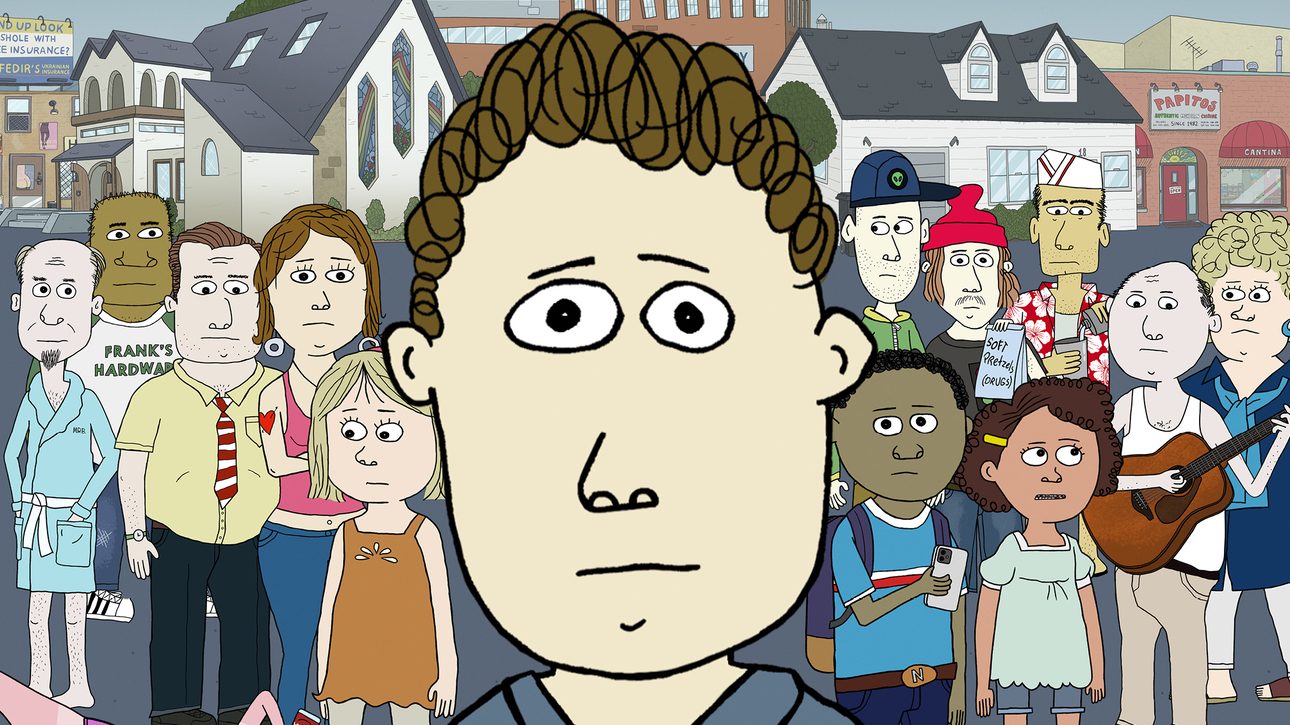
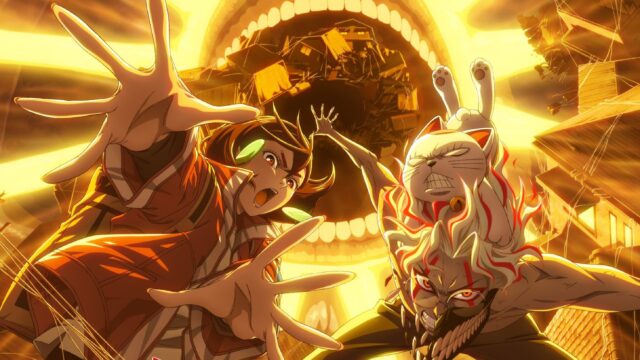

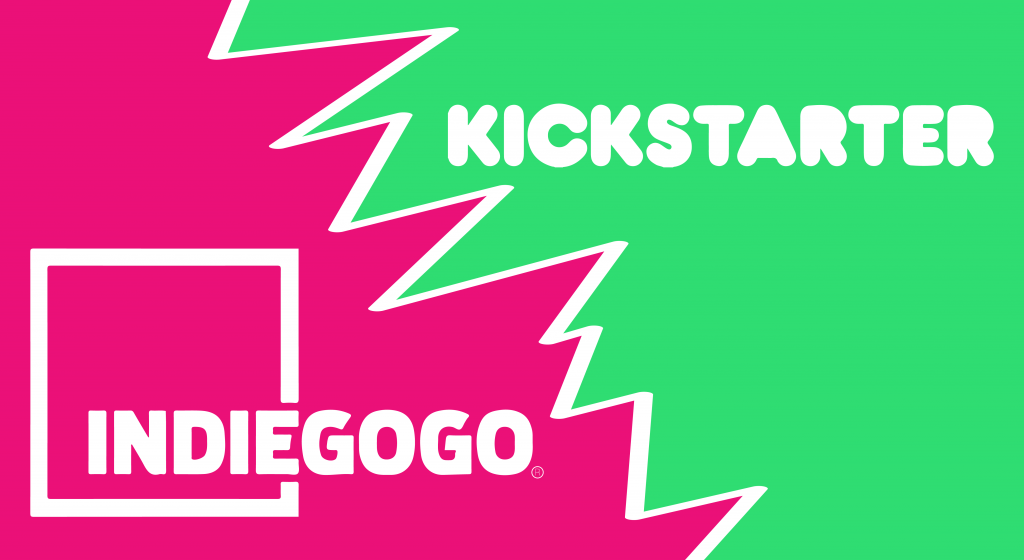
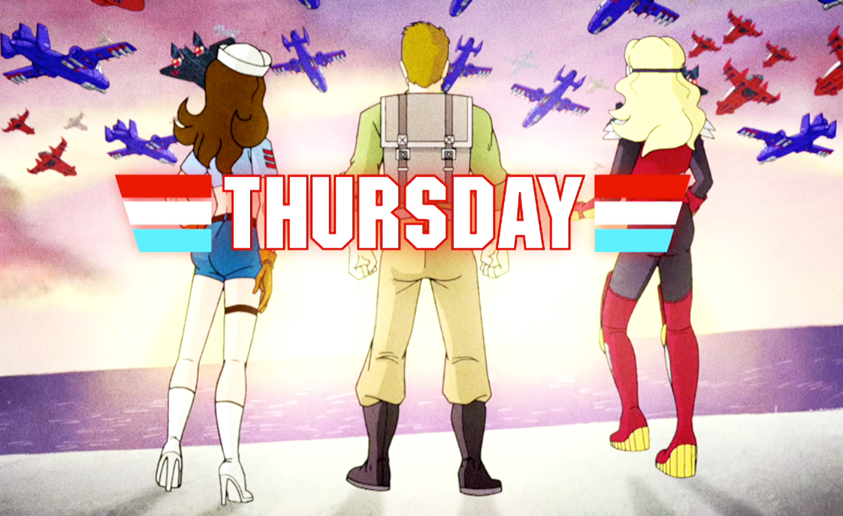


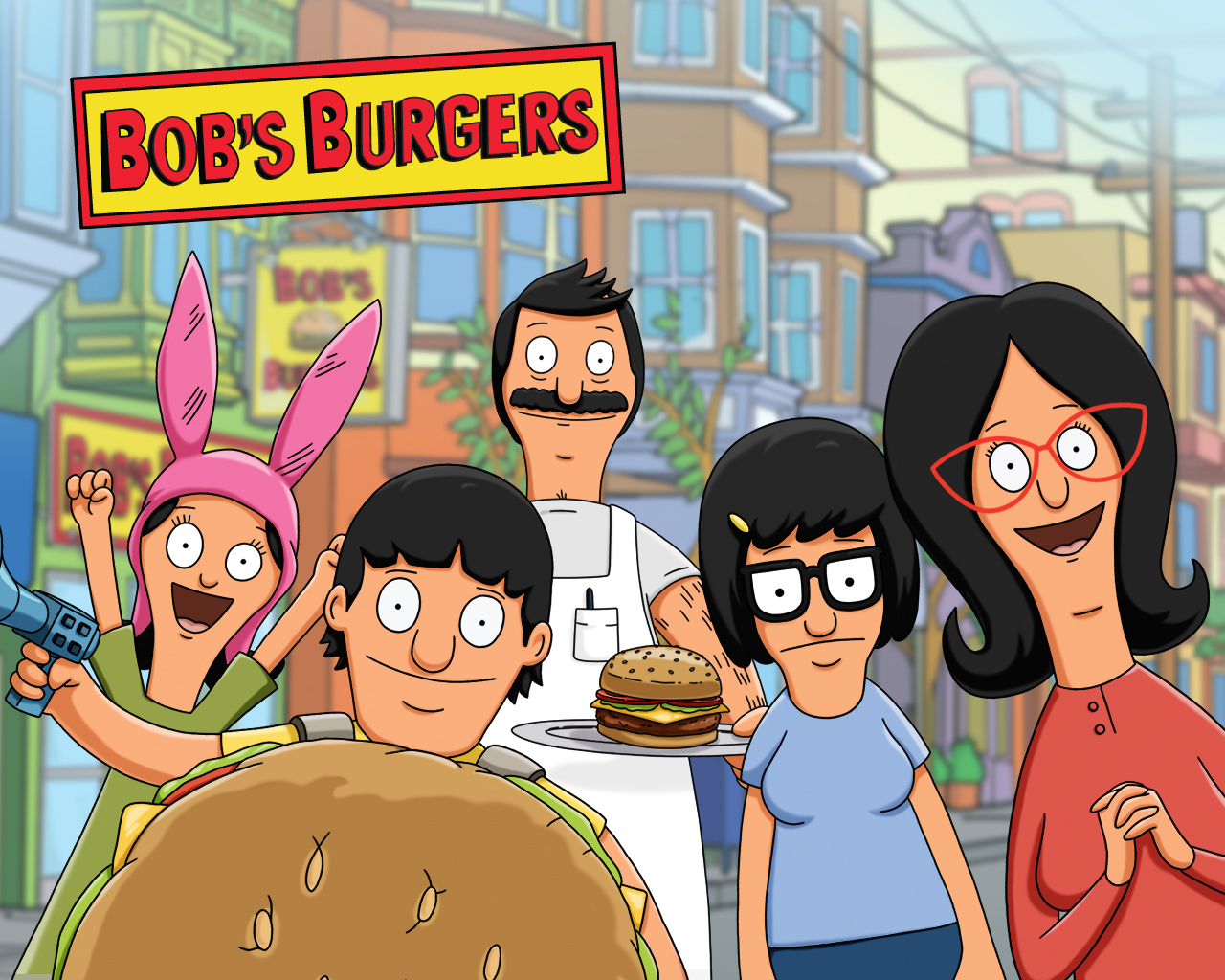







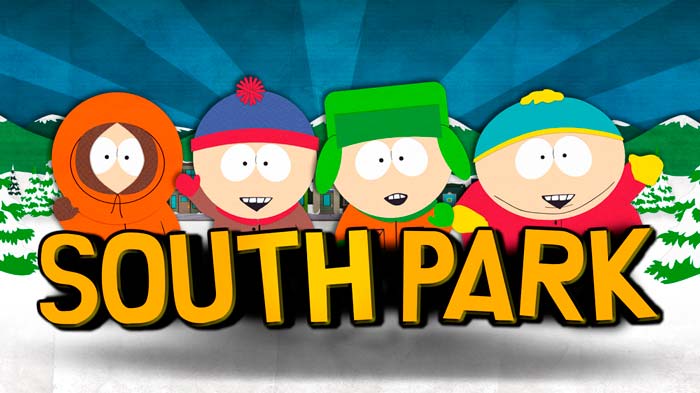


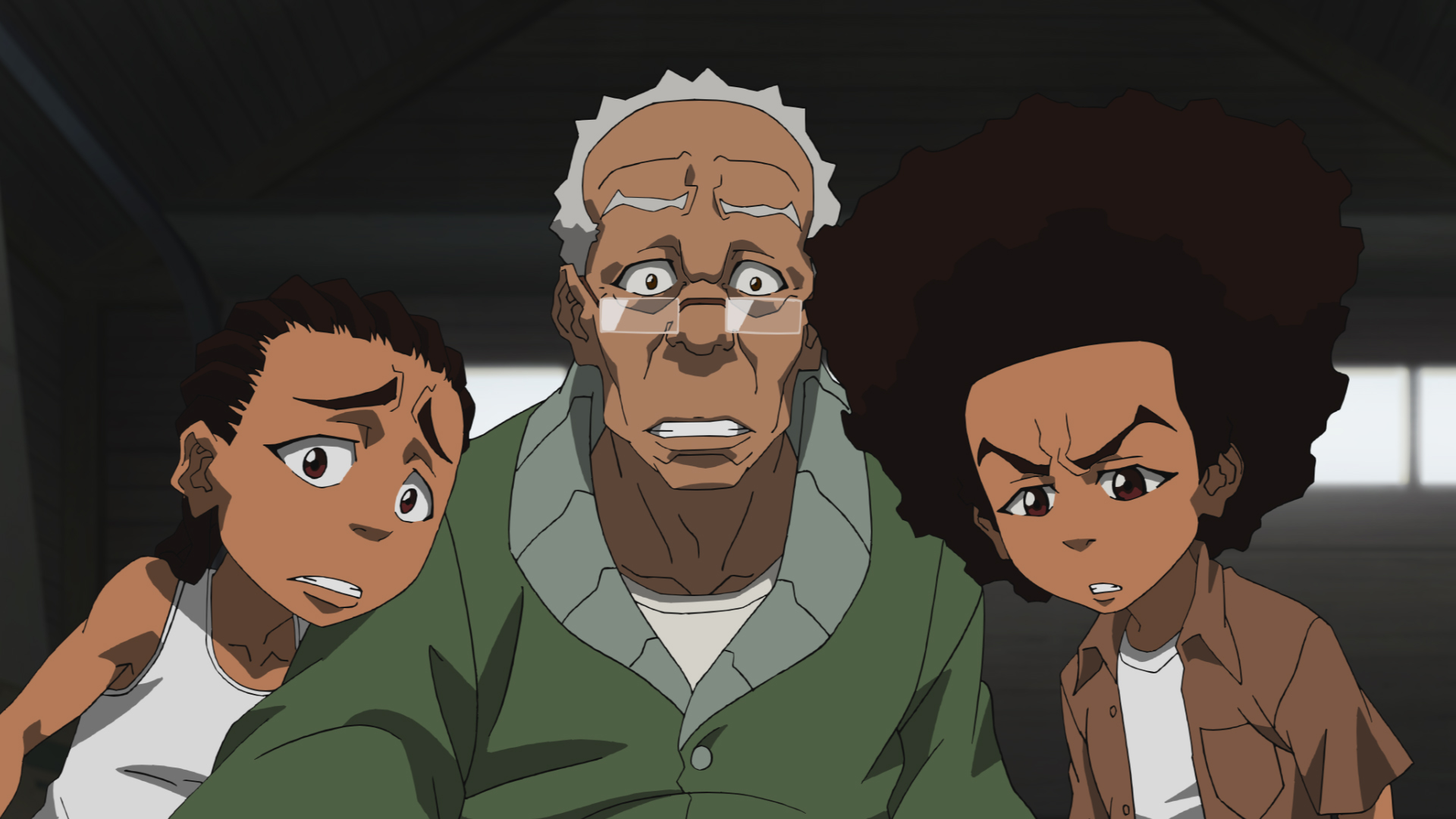




"There are also other characters that come and go (also owned by the Warner Bros. Discovery conglomerate media company)."
Huh. Is that just referring to other characters from the show itself, or is this implying that the new season is going to have cameos from other WBD IPs